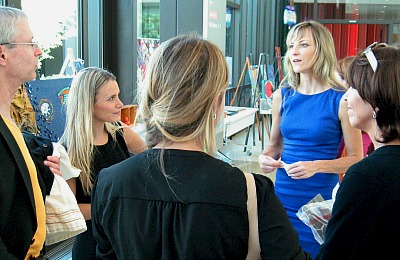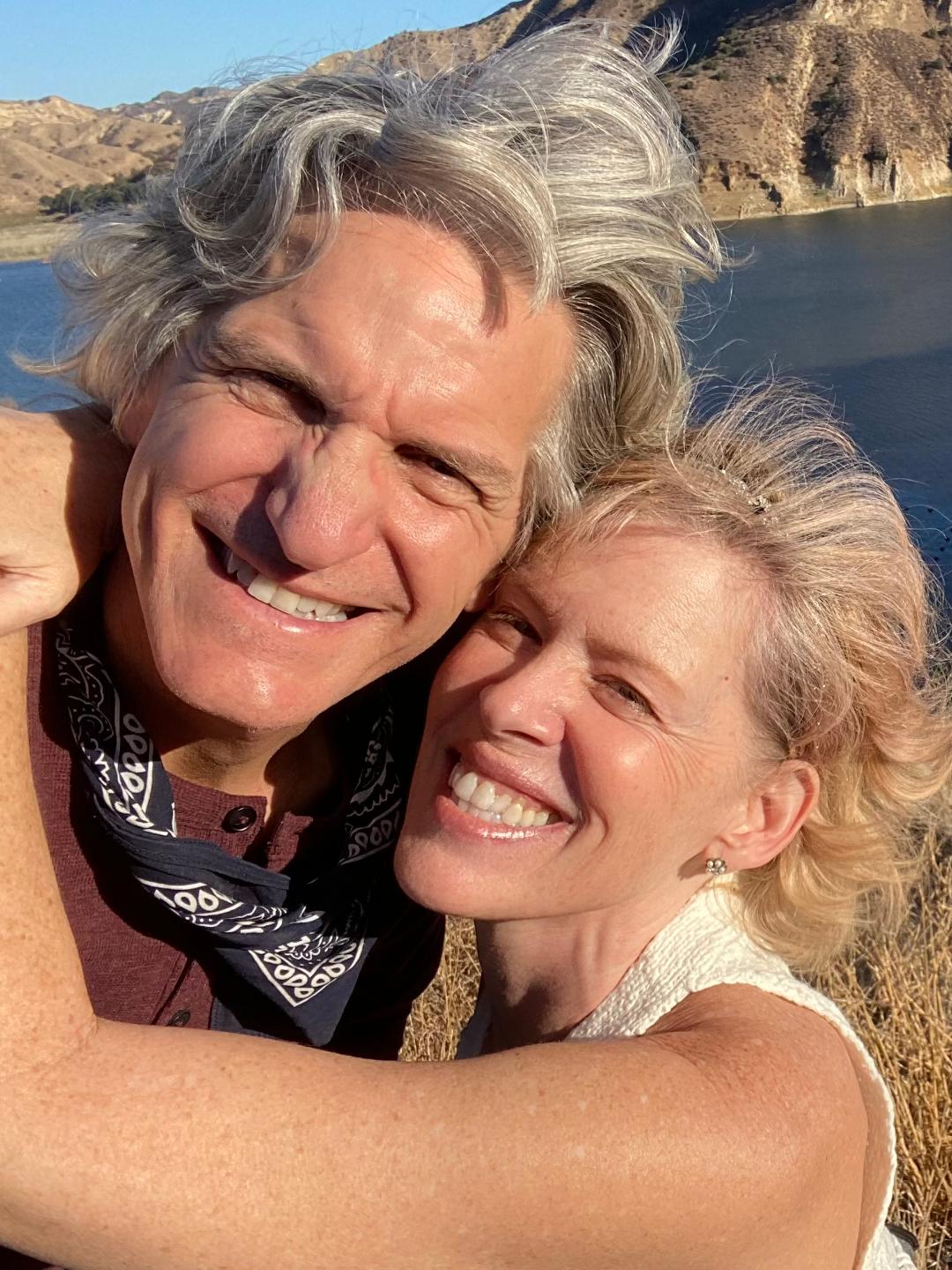After 43 years of caregiving for a woman in pain, I’ve experienced some incredible highs. The unending acts of loving unconditionally, of seeing hope and courage never flicker, of becoming a person I never imagined I could be forged by strength and perseverance.
Then, there’s the dark side of the moon, as I’ve called it. Those days when the rabbit hole opens wide and swallows you whole, sending you deep into despair. Those days when the person you love is writhing in pain and all you can do is hold her and tell her it’s all going to be alright, though you’re not sure of anything.
And then there’s the loneliness. Pain pulls you in and pulls you away. That goes for the ones taking care of someone in chronic pain too. You caregivers out there, you know what I mean. The hours that turn into days that turn into months, even years. Watching the clock tick while what was your life turns into something you barely recognize, something that involves tending to someone’s else needed and not much of your own, often alone and apart from life happening outside your four walls.
More times than not, you’re on your own, as family and friends pull away, society at large doesn’t understand what you’re dealing with, and, last but not least, you lose yourself amidst a journey that takes you places unknown, waters unchartered. Along with pain, social isolation is the common thread that weaves all things to do with prolonged, physical suffering.
Isolation from Others
“Loneliness is proof that your innate search for connection is intact”
~ Martha N. Beck
Early on in my caregiving journey, I was too busy trying to keep things together to notice the slow creep of social isolation. Doctor’s appointments, personal care duties, staying up to all hours comforting the woman I loved in level 9-10 pain, all the while still working an overnight job. As the days peeled off, little did I know others were still going on with their lives, inching away from two people in the midst of day-to-day crisis.
I understand it. It’s human nature to care for a spell, but after a while, it’s time to move on. But chronic pain doesn’t work like that, and the only few that truly understand that are the ones dealing with it.
For me, the weekends were the worst. At least with the typical Monday to Friday grind, I felt I was among the living, my daily caregiver chores were like a fulltime job. But come 5pm on Friday, I felt alien and apart as everyone else made merry with friends and family, going to this and that for fun and relaxation. I remember often looking out our balcony window, watching people walk by and wondering what plans they had, what new experiences they were looking toward, while though doing right by the one I loved, I felt a deep yearning for something else, something more.
Isolation from Society
“To have great pain is to have certainty; to hear that another person has pain is to have doubts.”
~ Elaine Scarry, The Body in Pain
In broader social systems, like society at large, the understanding of chronic pain is still seeped in old biases and prejude. Many in public health and policy still see chronic pain as something of a character flaw, adding to separation and isolation. If you’re not believed, then how can you belong?
That, and though conditions like cancer, heart disease and diabetes are acknowledged as serious, chronic pain is something habitually overlooked. So, if the community thinks it’s not a problem, people with pain and their caregivers get kicked to the curb, exacerbating a sense of separation.
Life can be full of weird ironies, even in the middle of a once-in-a-lifetime pandemic. When COVID hit and anything and everything was shutting down, people were told to quarantine and general social norms were being kicked to the curb, I was giddy. I was clicking my heals. It was the best I’d felt since forever.
For a couple of years there, I wasn’t alone, despite my caregiver-induced social isolation. Everyone was cut off, everyone was staring out the window. And I didn’t feel this in a bitter, gotcha sort of way. Of course, I felt bad for those who have never gone through being cut-off before and the emotional and psychological upheaval that goes with that. It’s just I wasn’t alone anymore. The world had joined my special, little club, even if just for a bit. And, frankly, that was a deep comfort.
Isolation from Self
“The most painful thing is losing yourself in the process of loving someone too much, and forgetting that you are special too.”
~ Ernest Hemingway
And last but not least is how caregivers in their effort to give their all in helping their loved one with pain, forget their own needs, aspirations and dreams. That’s a natural progression of caregiving, as its definition includes giving of oneself and playing second fiddle to a loved one who’s needs for aid and comfort transcend yours. If she’s in pain, I’m in pain. If she’s depressed, I’m depressed. If she’s not sleeping, well, you get the idea.
But we can go too far with the giving. When you’re day in and day out looking to life through the prism of another, for whatever reason, even if it’s a good one, you’re sense of self can lose its form. You morph into the person you’re taking care of, and don’t recognize that guy in the mirror anymore.
But it’s never too late to get it back some. Years ago, I came across a meeting notice to get a Simplicity Circle together, a chance to hang out with like-minded, clutter-evaporating people. I hadn’t done anything on my own in years, but I thought we were in a good place to do this. No guilt, no shame. Time to put me first.
It turned out great. My loved one joined me – and we attended this group for years. A win-win for both of us.
Feeling lonely isn’t a flaw, but a natural human desire for connection, highlighting the importance of seeking support and community, even during challenging caregiving periods.
No matter how long, how arduous your pain caregiver journey is, keep seeking, keep yearning for those moments you feel loved. You’re doing beautiful work, even though sometimes it feels like you’re the only one who knows it.
Namaste.

